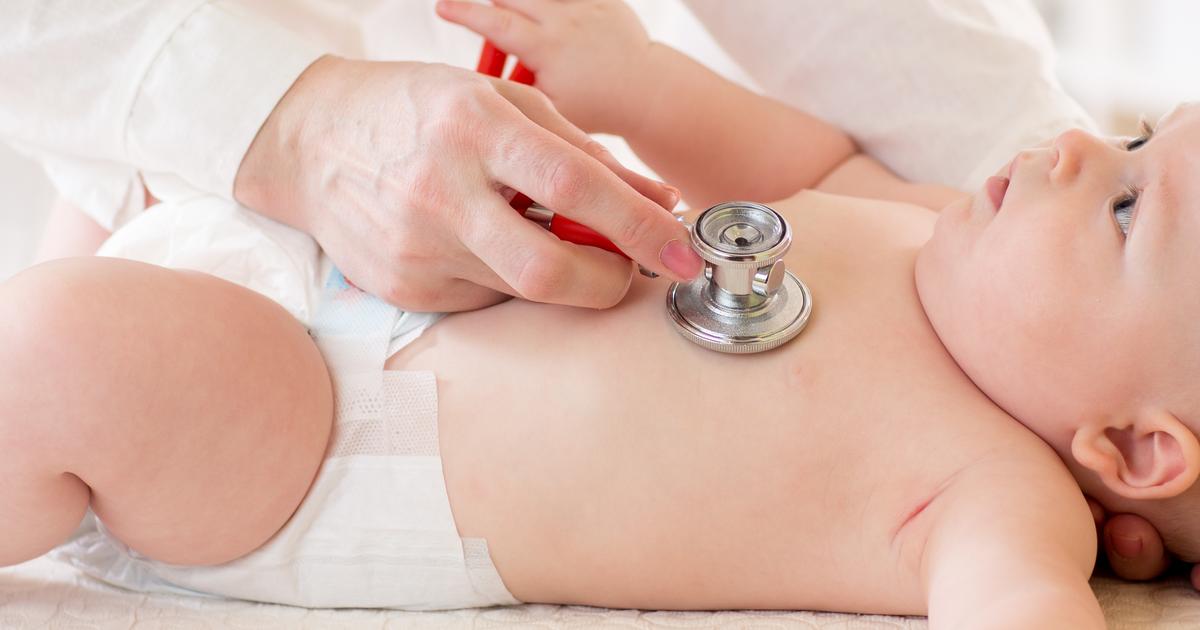What Are The Symptoms Of Velocardiofacial Syndrome?
Distinctive Facial Features
Velocardiofacial syndrome patients tend to exhibit distinctive facial features healthy individuals would not usually have. Abnormalities or deletion of the TBX1 gene can cause craniofacial dysmorphism, but the mechanism behind this process is not clear. Craniofacial dysmorphism is a group of anomalies or malformations of the craniofacial region. The patient's face may exhibit a nasal tip that can be described as bulbous, parietal bones that are more prominent than normal, and a round shape during their infancy.
In the individual's older years, their face tends to appear hypotonic and long, features narrow palpebral fissures, a squared nasal, thin alae nasi and narrow alar base, and puffy upper eyelids. A patient may have low set ears, a down-slanted mouth, cheeks that appear flat, blue discoloration underneath the eyes, cleft lip or palate, an underdeveloped lower jaw, and a thin upper lip.
Heart Defects

Approximately seventy-five percent of individuals affected by velocardiofacial syndrome will have abnormalities in their cardiac system (heart defect). The problems with the cardiac system are typically conotruncal, which means the problems are secondary to the abnormal development of the outflow mechanism of the individual's developing heart. A patient may have what is referred to as interrupted aortic arch type B, where the aortic arch is absent or discontinued between the left subclavian artery and left carotid artery. They may have truncus arteriosus, where only one vessel exits the left and right ventricles instead of the typical two vessels.
Another common cardiac defect is called tetralogy of Fallot, where the patient has a misplaced aorta, a right ventricular wall that is too thick, ventricular septal defect, and pulmonary valve stiffness or stenosis. Individuals who have any type of anomaly of their aortic arch are more likely to have velocardiofacial syndrome.
